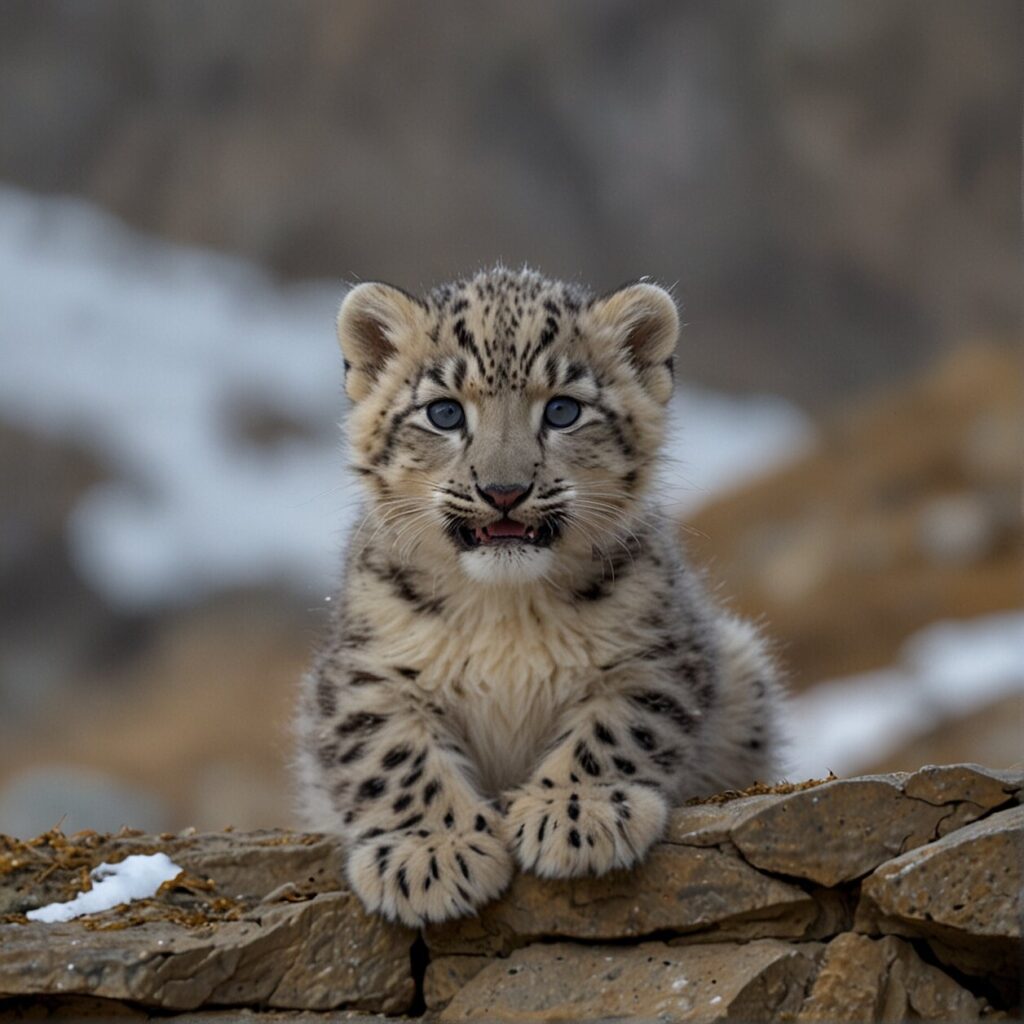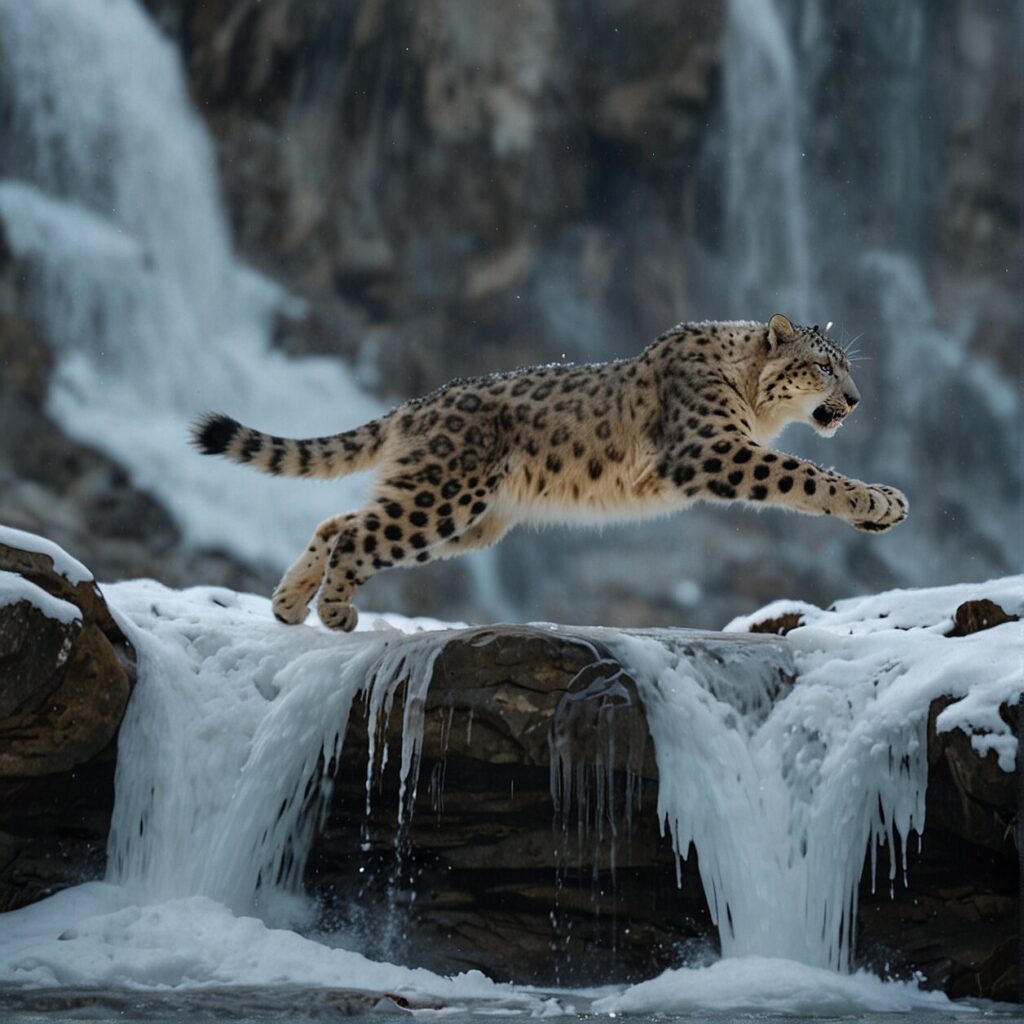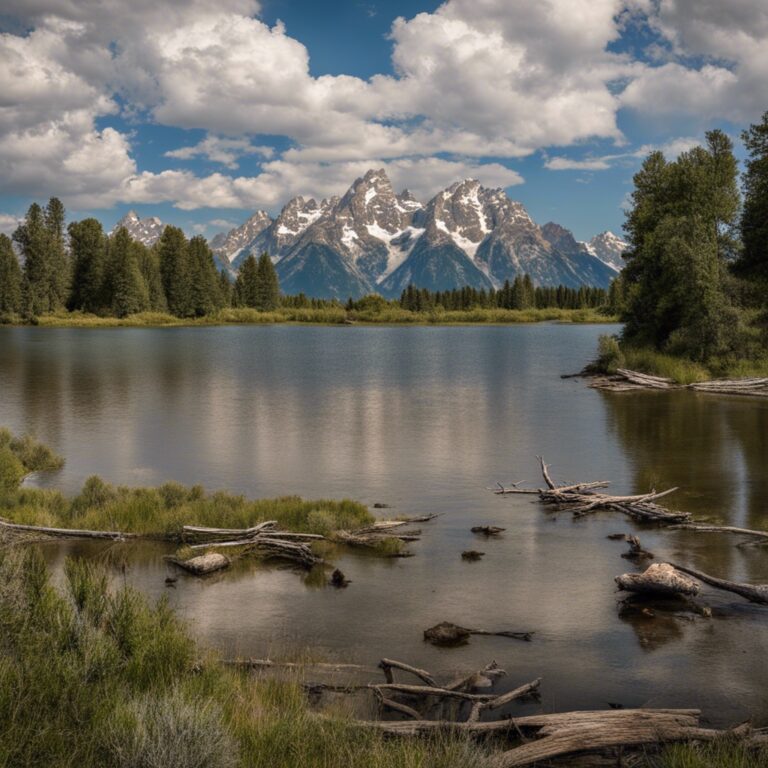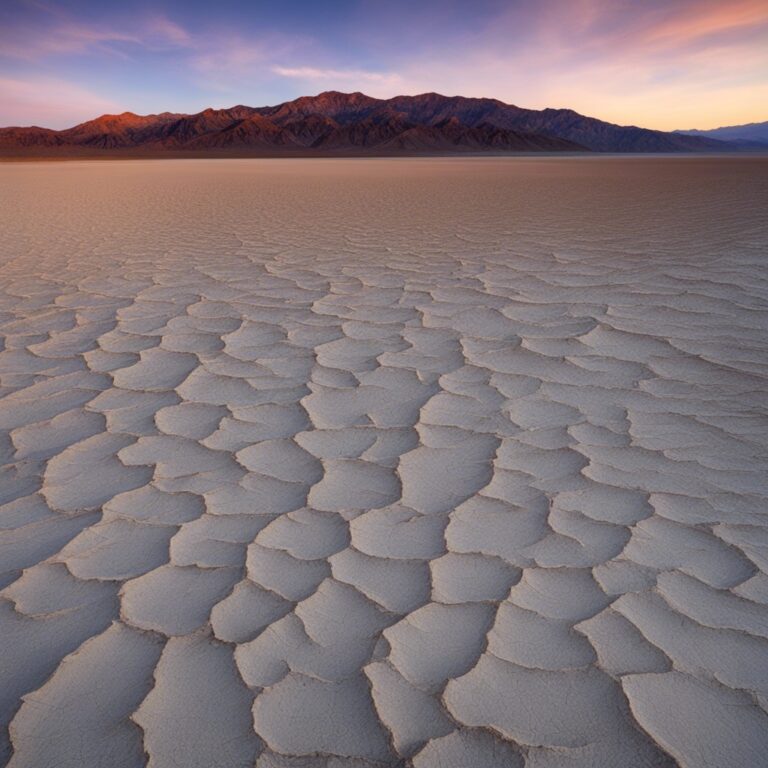Spotting Snow Leopards in the Himalayas
Imagine coursing through the frost-kissed trails of the Himalayas, with a heart full of hope and eyes trained on the majestic landscapes. A shiver of excitement courses through your veins, not entirely from the cold, but largely from the possibility of spotting the elusive cat-on-snow path, the rugged yet graceful snow leopard. This elusive snow dweller has fascinated wildlife enthusiasts for ages with its regal demeanour, strong predatory skills, and stunning beauty belied by a treacherously aloof nature.
“Spending time in the wilderness, hoping for a glance of the elusive snow leopard is not just an exhilarating endeavour, but also a poignant reminder of our responsibilities towards wildlife conservation” – Anonymous Wildlife Enthusiast
While the chance to spot one in the wild is rare, it’s that sliver of a chance – that thrilling possibility, that keeps us coming back to these peaks year after year. You see, unlike a giddy theme park ride, this thrilling adventure appeals to the deep-rooted explorer within, connecting us to not just nature but also our primal instincts. Let this comprehensive guide answer all your potential queries regarding spotting the elusive snow leopard in the wild and elevate your sense of wildlife conservation awareness.
Embracing the Chance: Spotting Snow Leopards in the Wild
Imagine standing at the edge of a ravine, the chilly air filling your lungs, while your eyes scan the expansive snow-clad landscape. It’s a test of patience, resilience, and sharp-eyed observation. But the reward? The rarest of sightings – the elusive snow leopard in its natural habitat.
Notably, George Schaller, arguably one of the most influential wildlife conservationists, had such fortune back in the 1970s. In the rugged hills of northern Pakistan, he became one of the rare few to lay eyes on this majestic creature.
Since then, our knowledge of snow leopards, one of the least studied large cats, has significantly expanded. Conservationists and researchers have managed to explore around 70% of the snow leopard’s habitat — no small feat considering the treacherous terrains and harsh climatic conditions of their environments. This increased understanding aids in spotting these elusive cats.
An example of intertwined traditional knowledge and innovative conservation efforts is the work carried out by the Snow Leopard Conservancy. Utilizing indigenous practices alongside scientific research, they’re improving the living conditions of these magnificent animals, subsequently increasing the visibility and chances of the unique and adventurous activity of snow leopard spotting.
In Kazakhstan, experts are redoubling their research efforts to understand how an urbanizing world is impacting the lifestyle of the snow leopards. Every piece of new information is a beacon, guiding us towards successful snow leopard spotting expeditions, while promoting their well-being and survival.
But remember, as we step into their realm in search of that glimpse, we also borrow the responsibility of their survival. The threats they face – poaching, habitat damage, loss of natural prey species, and a general lack of awareness about their plight – are all human-induced. We must strive to ensure our pursuit of adventure doesn’t clash with their right to existence.
So, get involved. Learn. Raise awareness. Participate in activities designed to imprint the importance of snow leopard conservation in the minds of young and old alike. Such as the ongoing camera trap project in the Gissar Nature Reserve in Uzbekistan, aiming to evaluate the snow leopard population while educating and involving people at local, national, and regional levels in protecting these majestic cats.
Spotting a snow leopard in the wild — it’s an adventure, a privilege, a mission. And you have been duly summoned!

Into the Wild: Preparing for Your Snow Leopard Spotting Adventure
Before you pack your bags and head off in search of these elusive creatures, let’s talk preparations. This experience is not your ordinary safari; it tests your endurance, patience, and ability to appreciate the elements of nature.
Start with a healthy dose of realistic expectations. Snow leopards, being masters of camouflage, are notoriously elusive. In the vast, rugged wilderness of their habitats, your chances of spotting one are slim. However, the thrill lies in the chase and the deep connection you build with nature during your pursuit. With the necessary gear, stamina, and a smidge of luck, you may get that long-awaited glimpse.
Plan your trip meticulously, tread gently and observe respectfully. Your actions have an immense impact not only on these remarkable animals but also on their fragile ecosystems. It’s essential to remember and respect that you are a visitor in their home.
As you anticipate your adventure, remember to engage with educational resources to understand snow leopards better. You could turn to the Snow Leopard Conservancy and Snow Leopard Trust, which have comprehensive educational materials about these majestic beings. For the younger audience, introduce engaging activities to cultivate their fascinated minds with the wonders of the snow leopard.
Finally, consider contributing to a snow leopard charity or start a fundraiser. Your trip can extend beyond a personal adventure and play a significant part in promoting conservation awareness. After all, the greater purpose here is to enjoy, respect, and contribute to the preservation of these exquisite animals and their habitats.
Time is of the Essence: When to Venture Out for Snow Leopard Sightings
The breathtaking beauty and serenity of the Himalayas hold a unique surprise for the ardently driven wildlife enthusiast – the quiet, elusive king of the snow-capped peaks, the snow leopard. Known as the ‘ghost of the mountains’, this rare species explores the frigid wilderness with an assured calm and unparalleled grace. The chance to spot these magnificent creatures in their natural habitat is a thrilling prospect, an expedition that promises not just an adventure but also a deeper respect for nature and its amazing inhabitants.
Taking this journey, however, means navigating an environment that’s as challenging as it is awe-inspiring. Through treacherous terrains, biting chill, and stunning landscapes, the drive to spot the mystical snow leopard takes you through the journey of a lifetime. But the challenges are worthwhile for the unmatchable buzz of capturing a glimpse of the ghost cat in all its glory.
“Spotting a snow leopard in the wild isn’t just an adventure, it’s a testament to the incredible capabilities of Mother Nature and a symbolic moment of breathtaking wonder and respect.”
For those bitten by the ardent flame of wildlife interests, here are a few enticing factors that make the snow leopard sighting expedition a must on their bucket list:
- Elusive and Majestic: The subtly powerful grace with which these cats weave their way through the snow-laden landscapes is truly a sight to behold.
- Natural Habitat: The chance to observe these creatures in their native environment enhances the understanding of their habits and ecological importance. It offers a unique insight into their world that is impossible to gain in captivity.
- Rare and Threatened: Snow leopards are among the most threatened big cats in the world. Spotting them serves as a vivid reminder of the species’ vulnerability and the urgent need for their conservation.
The journey for spotting snow leopards is indeed more than just an adventure. As you tread on this path, you also become a silent ambassador for the cause of these beautiful creatures. Your experiences and tales can inspire countless others to respect, understand, and help preserve our planet’s stunning yet threatened biodiversity. So let’s get you started on this remarkable journey.
Mapping the Majestic: Ideal Locations for Snow Leopard Sightings in the Himalayas
Imagine standing at the threshold of a snow-clad wilderness, the vast expanse stretching out as far as the eye can see. This, my friend, could be your setting for encountering the elusive snow leopard. The snow leopard’s habitat spans a colossal 2 million square kilometers, with the crux of it tucked away in the frigid solace of the Himalayas. Here, in this masterpiece of nature marked by steep snowy peaks and rugged landscapes, spotting a snow leopard can transform into an experience more profound than just wildlife sighting.
Remarkably, Bhutan, India, Nepal, Mongolia, Kyrgyzstan, and Pakistan, house critical pockets of snow leopard populations. They are part of an extraordinary endeavor titled the Conservation and Adaptation in Asia’s High Mountain Landscapes and Communities project. Funded by USAID with a massive $7.3 million contribution, the project focuses on snow leopard conservation, among other noble causes. Therefore, these locations provide a promising starting point for your snow leopard spotting journey.
In northern Pakistan in the 1970s, the renowned naturalist George Schaller was fortunate enough to spot a snow leopard. Today, the region brims with a sense of hope as markhor populations, a primary food source for snow leopards, have surged by over 50% in the past decade — an optimistic sign for the future of snow leopards in the wild.
If these locations seem too far-flung, don’t lose heart. An ongoing camera trap project in the Gissar Nature Reserve in Uzbekistan is meticulously recording the snow leopard population and their activities. It could soon make the reserve another enticing destination for eager leopard-spotters.
Lastly, if you ever find yourself in Kazakhstan, keep your binoculars ready! Experts are conducting new research there about snow leopards’ lifestyle changes in the face of urbanization. You might get the rare opportunity to witness how these extraordinary creatures are adapting to the transformation of their traditional habitats.
The journey may be challenging, the climate harsh, but patience and respect for these magnificent creatures and their habitat can transform this quest into a once-in-a-lifetime experience. So, ready your snow boots, your binoculars, and your spirit of adventure, and embark on this fascinating journey into the heart of the snow leopard’s world. After all, it’s not just about seeing a rare animal — it’s about participating in a global effort to conserve and understand them.

Snow Leopard Encounters: Safety Tips and Guidelines
Adventure is exhilarating, but safety is paramount. When admiring the elusive grace of snow leopards in their natural habitat, you should never lose sight of the importance of preserving both your safety and theirs. Here’s what you need to remember:
Respect their space
A key principle when observing snow leopards, or any wildlife for that matter, is respecting their personal space. Approaching them too closely can stress these feline beauties, leading to unpredictable reactions. Ideally, maintain a distance of at least 100 metres.
Never feed the leopards
Feeding a wild snow leopard is dangerous and upsetting to the animal’s natural diet and hunting behavior. The nutrients they need are abundant in their prey, and additional food from humans can lead to reliance, impacting their ability to survive in the wild.
Minimize disturbance
Quick movements, loud noises, and flash photography can all provoke stress in snow leopards, altering their behavior and potentially putting them – and you – in danger. Aim to observe quietly and unobtrusively to witness authentic behavior.
Equip wisely
When embarking on an expedition to see wild snow leopards, ensure your tools are right for the job. Binoculars or a good zoom lens on your camera can help you observe at a safe distance without disrupting the animal’s activities.
Follow safety directives from guides
Your guides are experienced professionals – heed their advice! They’ll provide you with safety briefings and guidelines based on their extensive knowledge and understanding of snow leopards and their environment.
Remember, wild encounters are a privilege, not a right. Let’s make sure our pursuit of spotting these majestic creatures is considerate, safe, and conducive to their prosperity.
Contributing to Conservation: How You Can Help Protect Snow Leopards
Now that you know the ropes of responsible wildlife spotting, lend your voice to protect these magnificent animals. Conservation organizations, such as the Snow Leopard Trust, Snow Leopard Conservancy, and Wildlife Without Borders, work tirelessly to improve conditions for snow leopards. Through community engagement, integrating traditional knowledge, and advocating for snow leopards, they work together to ensure the survival of this species.
Donate or Adopt a Snow Leopard
By making a donation or symbolically adopting a snow leopard via Snow Leopard Trust, you can contribute to ongoing conservation efforts, like securing habitats in Kyrgyzstan and across the snow leopard’s range.
Spread Awareness
Another valuable way to help is by spreading awareness of the challenges facing snow leopards, including poaching, loss of natural prey species, and habitat damage. Use your social media channels, conversation with friends, family, or community meetings to spread the word about the plight of snow leopards and how they can be helped.
Mark Your Calendar
Every year, International Snow Leopard Day is observed on October 23rd. This global event is a great opportunity to learn more about these majestic creatures, participate in activities aimed at their conservation, and help bring global attention to their struggle.
In conclusion, your journey to witness snow leopards in the wild can be an enlightening, rewarding experience, but let’s remember it’s a journey we are privileged to take. By respecting their environment and contributing to their conservation, we ensure that future generations can marvel at the sight of snow leopards, just as we do today.
FAQ’S
As we journey through the high, snowy terrains of Central Asia in pursuit of the enchanting snow leopards, we understand that you might have some questions. These majestic creatures, while captivating, remain among the least understood large cats in the world. So, whether you’re keen to know more about the behaviors and habits of snow leopards, need tips on prepping your pack for an expedition, or are interested in ethical guidelines for interacting with them, we’ve got you covered. Take a look at our frequently asked questions (FAQs) for more insights.
What should I pack for a snow leopard spotting expedition in the Himalayas?
Preparing for an expedition to spot the elusive snow leopards in the wild demands careful planning and thought towards your gear. Stalkers of the silent, icy predators typically need to pack the following:
- An appropriate winter jacket: It’s going to be glacial out there. A high-quality waterproof, wind-resistant jacket with adequate insulation is essential to keep you warm in the extreme cold of the Himalayas.
- Sturdy hiking boots: With challenging terrains and unpredictable weather, investing in durable, water-resistant, and comfortable hiking boots is a must for any snow leopard spotting activity.
- Binoculars: These magnificent creatures are masters of camouflage. Bring along a pair of robust binoculars to enhance your chances of spotting one in the distance.
- High-energy food and snacks: As these excursions can be quite physically intense, it’s essential to keep your energy levels up. Pack high-energy snacks like nuts, dried fruits, and energy bars.
- First Aid Kit: Along with your regular medications, make sure to include medical supplies for allergies, hypothermia, and altitude sickness.
Remember, packing smart will aid your expedition success. Other items to consider include water bottles, sunblock, gloves, thermal socks, guidebooks about snow leopards, and maps. But most important of all, pack your excitement and respect for these majestic and endangered creatures.
What are some ethical guidelines to follow when spotting snow leopards in the wild?
Great question! It’s important to recognize that ethical behavior goes hand-in-hand with snow leopard spotting. Apart from respecting their space, avoiding feeding them, minimizing disturbance, and equipping wisely, there are other ethical considerations you need to keep in mind.
First and foremost, always remember that snow leopards are endangered species and your actions should not add to the challenges they already face. Keep your wildlife excursion as low-impact as possible. This means limiting the group size, keeping noise levels down and staying in designated areas.
Secondly, it’s important that you don’t try and coax the animal to come closer for a ‘better shot’. Using tricks like baiting or calls can alter the behavior of these elusive big cats and may cause stress or harm.
Besides these measures, remember that ethical behavior extends to the local communities who share their habitat with the snow leopards. Many conservation organizations work with these communities to improve their living conditions and create a peaceful coexistence with snow leopards. Support local economies by buying locally-produced goods and respecting local customs. Remember, you’re a guest in their land.
By keeping these guidelines in mind, your snow leopard spotting expedition can contribute positively to the conservation of these magnificent creatures, instead of adding to the pressures they face.
What are the behaviors and habits of snow leopards that can aid in spotting them?
It’s important for you to remember that spotting a snow leopard isn’t like spotting a roadside billboard. These elusive creatures live in vast home ranges, using up to 1,000 square kilometers in some cases, thus, understanding their behaviors and habits could prove instrumental to your quest.
Snow leopards are crepuscular animals, which simply means that they are most active during the twilight hours of dawn and dusk. Spotting expeditions planned around these times might increase your chances of catching a breathtaking glimpse of these feline beauties.
When it comes to their habitat, they are fond of rocky terrains and cliffs where they utilize their extraordinary camouflage abilities. Further, they traverse these regions with ease, thanks to their powerful limbs and long tails for balance.
Observing fresh pugmarks or scratch marks on tree trunks could also be a strong indicator of a snow leopard’s presence nearby – a typical territorial behavior used by them to mark their domain. Remember, patience is the key here; snow leopards are known for their elusive nature and spotting one might take longer than you anticipate.
Efforts are ongoing to better understand snow leopard behavior, with experts planning to conduct new research on snow leopards’ lifestyle in the context of urbanization in Kazakhstan. This is a part of a global strategy to study and preserve about 70% of the snow leopard habitat. So stay tuned for more insights that could assist in your fascinating pursuit!
Are there any guided tours for spotting snow leopards in the Himalayas?
Yes, there are several guided tours available for spotting snow leopards in the Himalayas. These tours, often organized by local and international conservation organizations, are meticulously designed to offer a perfect blend of wild adventure and responsible tourism. With emphasis on respecting natural habitats and promoting conservation, these endeavours put snow leopards at the center of their goals. Expert wildlife guides, acquainted with the terrain and animal behavior, lead these tours and provide vital real-time insights, tremendously increasing your chances of a sighting.
Each of these guided tours ensures the best possible tracking, based on seasonality and behavioral patterns of the snow leopards. Besides, they also provide unique insights into the culture and lifestyle of local communities living in harmony with these elusive creatures. So, not only do you stand a chance to spot a snow leopard, but you also get to immerse yourself in a rich cultural and geographical panorama.
However, remember that your expedition’s ultimate success – spotting a snow leopard in the wild – can never be guaranteed as it depends on nature’s will. Measures are taken to increase the likelihood, but the snow leopard remains an elusive beast. Participating in these guided tours still contributes positively, as a portion of the fees often goes directly towards local communities and conservation efforts, further aiding in preserving the snow leopards’ natural habitat and encouraging sustainable tourism.
What kind of behavior should I expect from snow leopards in the wild?
Picture this: you’re perched high up in the mighty ranges of the Himalayas, braving the cold, with your eyes peeled for a glimpse of the majestic snow leopard. What should you expect? Well, these elusive animals are most active at dawn and dusk, known as crepuscular hours, when they head out in search of prey. They are exceptionally agile, navigating steep, rugged terrains with ease, often seen perched on rocky outcrops, surveying their domain.
Being solitary creatures, snow leopards are often seen alone or sometimes around their cubs, as they don’t follow a pack-centric lifestyle, unlike other big cats. Aggressive encounters are rare sightings, usually sequestered to a male protecting his territory or during mating season. A region of silence, they hardly ever vocalize.
Recognizing distinctive behaviours such as trail marking can facilitate your quest. Snow leopards have a unique way of leaving ‘signs’ on the snow-clad valley; they spray urine and scrape the ground to communicate with other leopards.
Remember though, above all, these splendid creatures are wild and unpredictable. Always maintain a safe and respectful distance; you are in their home now.







